Think & Link
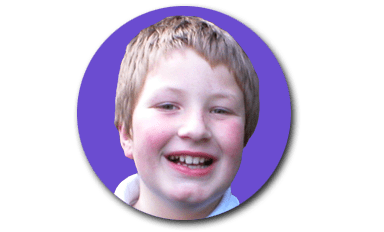
How are organisms in this ecosystem connected?
READ a clue question and then FIND and CLICK on the organism. When you have found them all, explore more connections!
Let’s explore the shallow waters of the continental shelf. Thousands of years ago, this whole area was ABOVE sea level. Imagine that!
I just spotted a torpedo-shaped predator that has thousands of teeth. Can you find it?
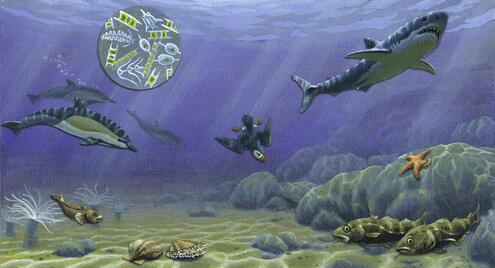
You found it!
The great white shark bites its prey, carries it underwater until it bleeds to death, and then swallows it whole.
Which flipper-tailed mammal might be the shark's next meal?
That's right!
The common dolphin's teeth aren't just tools for eating. They pick up clicks from other dolphins.
It feasts on a fish that has a small barbel hanging from its lower jaw. Can you find it?
Yup, that’s it!
This cod may not look that large, but it can weigh as much as 90 kilograms (200 pounds)! And it can be as long as a basketball player is tall.
What kinds of fish will a cod find when it swims near the bottom?
Correct!
A cod will seek out bottom-dwelling fish, such as the ocean pout. This eel-like fish hides in the sand, mud, or rocks.
What star-shaped sea creature would make an ocean pout hungry?
You found it!
Starfish crawl on the seafloor looking for live coral and bivalve shellfish.
What kind of shellfish might a starfish crack open?
That's it!
Unlike clams and mussels that burrow beneath the mud to escape predators, the Atlantic sea scallop can swim away.
What microscopic algae is a tasty treat for the scallop?
Good job!
Plankton is made up of tiny microscopic algae and animals called zooplankton and phytoplankton.
Phytoplankton use sunlight to make their own food. All ocean animals depend on them. They either eat phytoplankton themselves or eat something else that eats them!
Congratulations!
You found some of the many connections in the continental shelf.
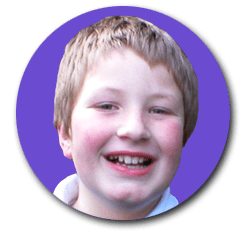
Let’s explore the shallow waters of the continental shelf. Thousands of years ago, this whole area was ABOVE sea level. Imagine that!
I just spotted a torpedo-shaped predator that has thousands of teeth. Can you find it?
Image Credits:
Wave pattern, created by Dmitry Kovalev from the Noun Project; Luke's photo, courtesy of Luke; Illustrations, AMNH / Sean Murtha.




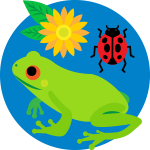 Biodiversity
Biodiversity
 Brain
Brain
 Genetics
Genetics
 Marine BiOLogy
Marine BiOLogy
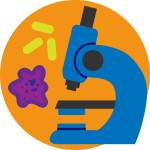 MicrobiOLogy
MicrobiOLogy
 PaleontOLogy
PaleontOLogy
 ZoOLogy
ZoOLogy
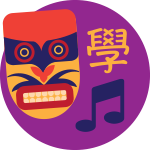 AnthropOLogy
AnthropOLogy
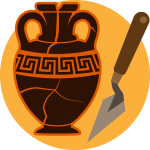 ArchaeOLogy
ArchaeOLogy
 Astronomy
Astronomy
 Climate Change
Climate Change
 Earth
Earth
 Physics
Physics
 Water
Water
